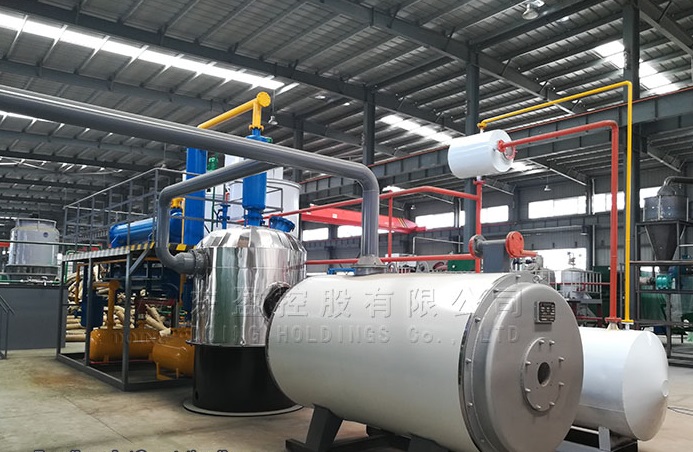In an era where environmental consciousness takes center stage, the importance of sustainable practices cannot be overstated. One crucial aspect of this endeavor is the responsible disposal and recycling of used oil. Enter the oil recycling machine, a technological marvel that is changing the game in waste oil management. In this article, we explore the significance and workings of these machines that are revolutionizing sustainability.
The Oil Recycling Imperative
Used oil, whether from automobiles, machinery, or industrial processes, poses a significant environmental hazard if not managed properly. It is laden with toxins, heavy metals, and other contaminants that can seep into soil and water sources, leading to widespread ecological damage. Recognizing this, governments and organizations worldwide have enacted stringent oil recycling machine to ensure the safe and eco-friendly disposal of used oil.
The Oil Recycling Machine: A Glimpse of Innovation
Oil recycling machines, also known as oil reclamation units or oil purifiers, are a vital part of the solution. These devices are designed to extend the life of oil by removing impurities, water, and contaminants, rendering it fit for reuse. Below, we delve into the key features and functionalities of these remarkable machines.
1. Filtration and Separation
Oil recycling machines employ a series of advanced filtration and separation processes to remove impurities. They use filters with various mesh sizes to capture particles and separate water from the oil. This process not only enhances the oil’s purity but also prevents equipment wear and tear, reducing maintenance costs.
2. Vacuum Dehydration
One of the standout features of oil recycling machines is their ability to remove water from the oil. Excess moisture can degrade the oil’s performance and lead to corrosion, making vacuum dehydration a critical step in the recycling process. The machine creates a vacuum, lowering the boiling point of water, which is then evaporated and removed from the oil.
3. Heat Exchange
Maintaining optimal oil temperature is essential for efficient recycling. Oil recycling machines incorporate heat exchangers that control and regulate the oil’s temperature, ensuring it stays within the desired range for processing.
4. On-Site Versatility
Many oil recycling machines are designed for on-site use, allowing industries to recycle oil without the need for transportation to specialized facilities. This convenience not only saves time but also reduces the carbon footprint associated with oil disposal.
5. Cost Savings and Environmental Benefits
Perhaps the most compelling aspect of oil recycling machines is their economic and environmental advantages. By reusing oil instead of discarding it, businesses can significantly cut their operational costs. Simultaneously, they contribute to a greener planet by reducing the need for new oil production, conserving natural resources, and decreasing the environmental impact of oil waste.
Conclusion: Paving the Way for a Sustainable Future
Oil recycling machines are at the forefront of the sustainability movement. They not only address the immediate problem of used oil disposal but also promote responsible resource management and environmental protection. As technology continues to advance, we can expect even more efficient and eco-friendly innovations in the field of waste oil management. These machines serve as a testament to human ingenuity and our commitment to leaving a cleaner, greener world for future generations.










